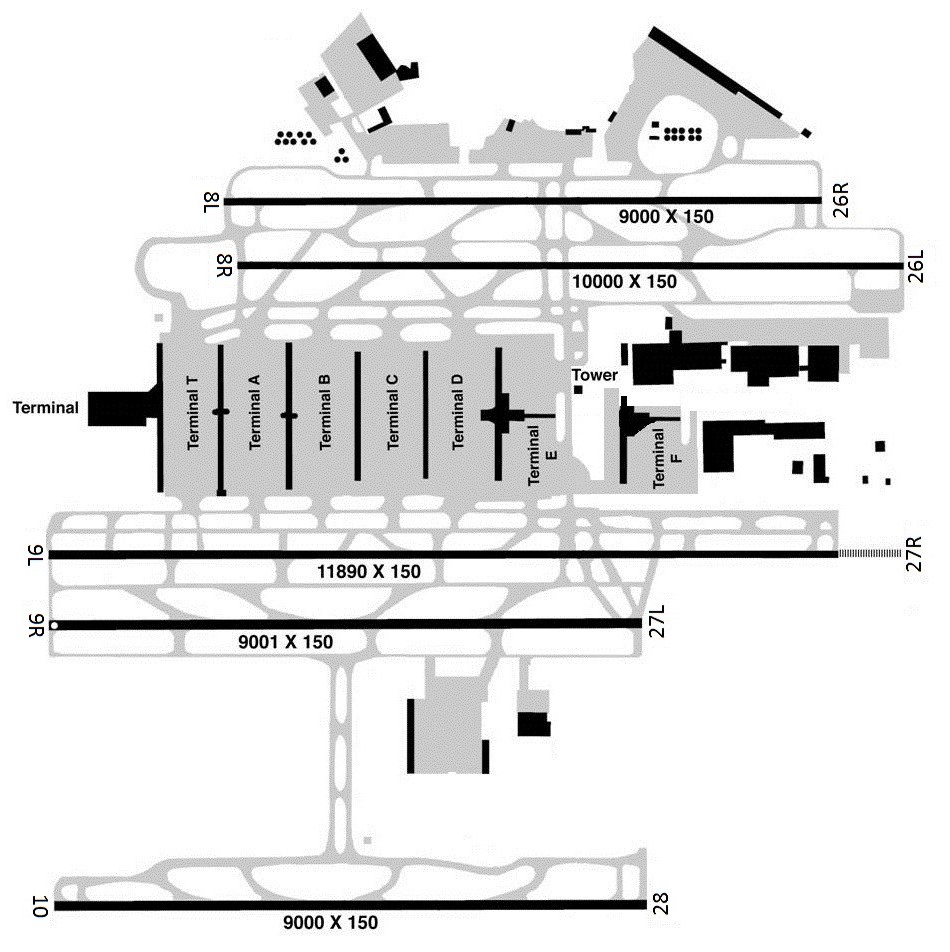A Network Model to Simulate Airport Surface Operations
George Mason University
Problem
Frequent congestion at major U.S. airports results in Inefficiencies on the airport surface, which leads to increased aircraft taxi time and consequently fuel burn.
Currently, shortening the amount of time an aircraft spends taxiing before takeoff to alleviate some of the congestion on the airport surface is a challenging problem that faces the aviation industry. Increased taxi-times are a result of airport surface congestion, which means the count of aircraft on the surface exceeds the capacity of the airport. Or more specifically, the traffic flow needed exceeds the maximum flow enabled by taxiways, ramps, and gates. Reduced taxi times will assist in eliminating unnecessary fuel burn, resulting in reducing the airlines' operational cost. There is a need for a tool capable of simulating surface congestion events, analyzing such events, and quantifying the benefits of implementing surface management techniques.
Objective
Provide an airport surface network simulation to re-create previous airport surface congestion events and showcase impacts of operational changes to airport surface operations. But since surface management techniques are strongly dependent on the airport geometry and operating procedures, the model will follow the structure of Hartsfield-Jackson Atlanta International Airport.
Case Study
Hartsfield-Jackson Atlanta International Airport (ATL) is one of the busiest airports in the world that suffers constantly from surface congestion. The figure below shows the airport configuration with five parallel runways and 7 terminals located in the center of airport. The innermost runways (8R/26L, 9L/27R) are generally used for departures, and the outer runways (26R/8L, 27L/9R, 28/10) for arrivals.

The video below shows the simulation baseline conditions representing the upper half of Hartsfield-Atlanta Airport, where no surface management techniques are implemented. Because air traffic control currently tends to allow the release aircraft from the ramp area to the taxiway without considering the level of congestion, significant queues build up near the departure runway, causing extra fuel consumption and excessive emissions.